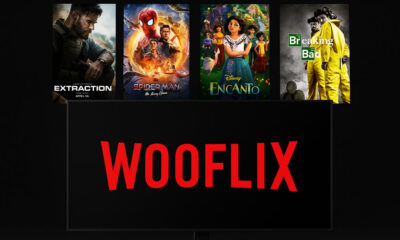People talk about the new internet where no single boss controls the data – yet few notice the plain computers that do the actual work – the blockchain node. Headlines focus on coins, pictures that sell for millions or apps that run without banks, but the real job is done by those silent machines. They hold the records everyone agrees on, guard against lies and let the next web stay in the hands of its users.
What a Node Really Is
A node is just a computer that plugs into a blockchain network. It checks every new entry, keeps a copy of the ledger and hands that copy to anyone who asks. Because thousands of those machines hold the same list, no one can secretly change a past line. No bank clerk or referee stands in the middle – the rules live inside the code plus every machine follows them.
Nodes do more than store files. They inspect each fresh block, shout new payments to the rest of the network and refuse fake data. If every node shut down, the chain would stop and the promise of a people run web would break.
Why Web3 Needs Them
Web3 wants an internet that stays open, needs no trust in strangers but also lets each person own their keys and coins. That dream works only while nodes stay online on laptops, desktops and servers across the planet. Identity cards, art markets – all of them ask the nodes for the true record. Because the data sits on so many disks at once, one broken machine never kills the service. A government that wishes to block or erase the list must hunt down thousands of scattered owners, a task far harder than pulling the plug on a single company server.
Help for Builders
Setting up as well as feeding your own node demands hours, updates and disk space. Firms like GetBlock rent you a ready line to a node through a simple web address. You skip the install, the sync and the midnight crashes. GetBlock runs nodes for more than fifty chains – Ethereum, Bitcoin, Polygon, Solana or others – so a coder who wants a wallet, a market or a game drops in a few lines of code and receives live, reliable data without ever touching the hardware.
For businesses the result is quicker product creation, lower bills and steady uptime – yet the system stays fully decentralized.
Speed, Scale and Sustainability
The blockchain sector keeps growing – every network must handle more work. Each action must be checked and stored and once millions join, the traffic multiplies.
Node suppliers like GetBlock answer with sturdy hardware and software that spread across continents. The layout shortens travel time for data, carries surges in traffic and keeps outages close to zero – attributes that modern blockchain apps require.
That growth path lets Web3 reach billions of daily operations without slowing down or giving up its spread out nature.
Security Through Decentralization
A wide spread of servers does more than boost uptime – it also guards the ledger. Every server holds the same full list of past actions – one actor cannot secretly rewrite history. To change the record, an attacker must seize most servers at once, a task that borders on impossible.
This shared guard keeps the chain open, honest and free from blockage – values that sit at the heart of Web3.
The Future of Blockchain Infrastructure
More sectors – banks, hospitals, shippers, game studios – now plug into blockchains – the call for steady, elastic node fleets will rise. Node suppliers will stand at the center of that shift keeping the roads of Web3 open, swift and safe.
GetBlock drives part of that change. It hands builders ready-to-use links to blockchains erasing setup hurdles. Whether a team counts two members or two thousand, the service grants the same gateway to the decentralized web.
Final Thoughts
Blockchain servers form the unseen skeleton of Web3. They check each transfer, keep the ledger honest and block any single boss from owning the data flow. Remove them and “decentralization” turns into a slogan with no working proof.
As the Web3 wave rolls on, outfits like GetBlock supply the sturdy, elastic and safe node doors that both coders and companies need.In short blockchain nodes are not just parts of the system – they are the system. They allow Web3 to exist, grow and change how people connect to the digital world.

 Entertainment3 months ago
Entertainment3 months ago
 Entertainment3 months ago
Entertainment3 months ago
 Celebrity2 months ago
Celebrity2 months ago
 Celebrity2 months ago
Celebrity2 months ago
















